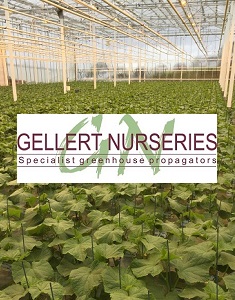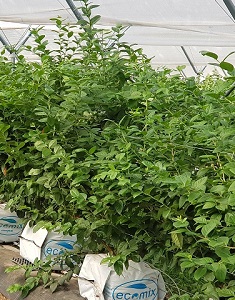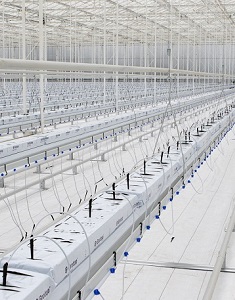Sign up here to subscribe to the Grower2grower Ezine. Every two weeks you will receive new articles, specific to the protected cropping industry, informing you of industry news and events straight to your inbox.
Dec 2021
Cherries under cover
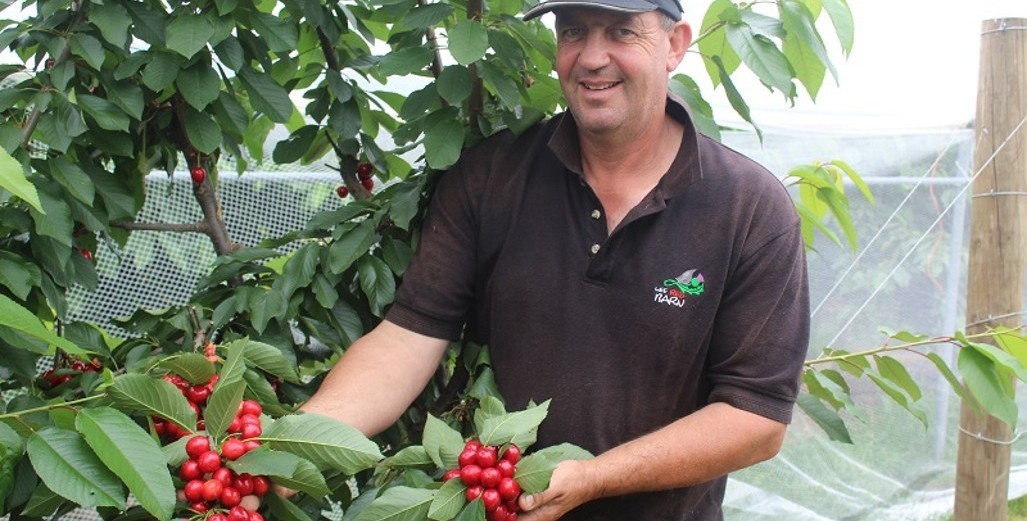
Is this the future?
On December the 17th TVNZ news ran a story about the damage the weather conditions had caused NZ cherry crops. Excessive rain (unwanted precipitation at the wrong time) can split cherry crops as excess water is taken in by the plant and therefore splits mature fruit, it is similar to crazing in tomatoes. The benefit we have (greenhouse growers) is that we have exact control over water application, whereas currently, cherry growers do not. Earlier the same week as TVNZ broadcast the story Mike Nichols, Massey University, sent me this update on a trial cherry crop that had been grown in a protected – semi controlled greenhouse environment.
With Cherry crops being worth so much to growers and the potential return high, it seems like some business case studies would well be worth the exercise for cherry growers. I hope they find Mike’s update very interesting and valuable as I have.
CHRISTMAS CHERRIES
by Mike Nichols
In 2017 I organised for Alan Bissett (of the Wee Red Barn, near Masterton, New Zealand) to purchase some 200 cherry trees, which had been grown in root restricting bags in a greenhouse in North Otago. These “mature” trees were dully freighted up to Masterton, and planted in four Haygrove tunnels. Incredibly they produced just over about 4 kg per tree of ripe cherries just before Christmas.
This year, after what is best described as a low/no pruning strategy I visited the property on 13 December. It was raining, but no problems as the Haygrove tunnels kept the fruit dry, (so no splitting), and the tunnels supported nets which prevented birds (at least most of them) from damaging the fruit. We estimated that the yield would be in the region of 10kg/tree, which at pre-christmas cherry prices would provide a very nice income—particularly as all the fruits could be harvested from the ground.
With global warming, it is difficult to justify the emphasis on producing rain sensitive fruit in traditionally low rainfall areas, when there is so much uncertainty with future weather patterns. Perhaps it is time to consider rain-proofing such crops?
Has anyone tried producing cherries in the Waikato? I imagine that away from the coast that there would be sufficient winter chilling.
I appreciate your comments. Please feel free to comment below or on the grower2grower Facebook page:
https://www.facebook.com/StefanGrower2grower/
Article written and supplied with photo by Dr Mike Nichols.
CLASSIFIED
Subscribe to our E-Zine
More
From This Category

TNZ Mini Conference August 2024
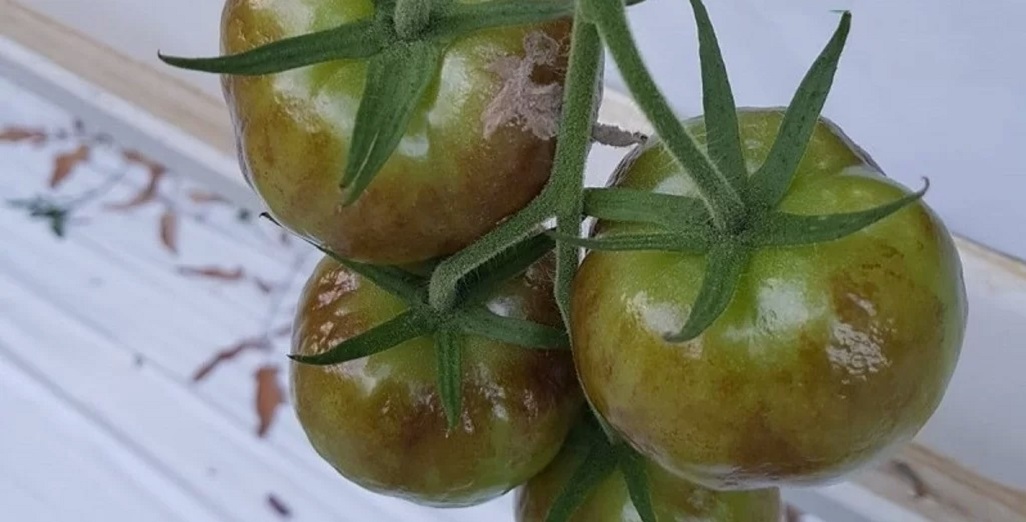
MPI – decision to temporarily suspend all Imported Australian fresh Tomatoes the correct one.

Plant & Food Research welcomes changes to gene technology regulations
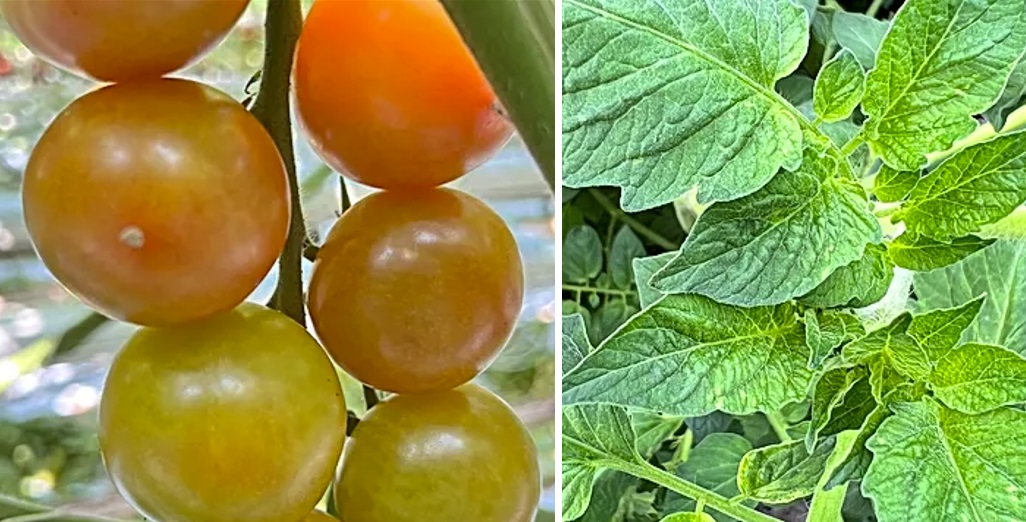
Tomato grower applies Tobre after contamination
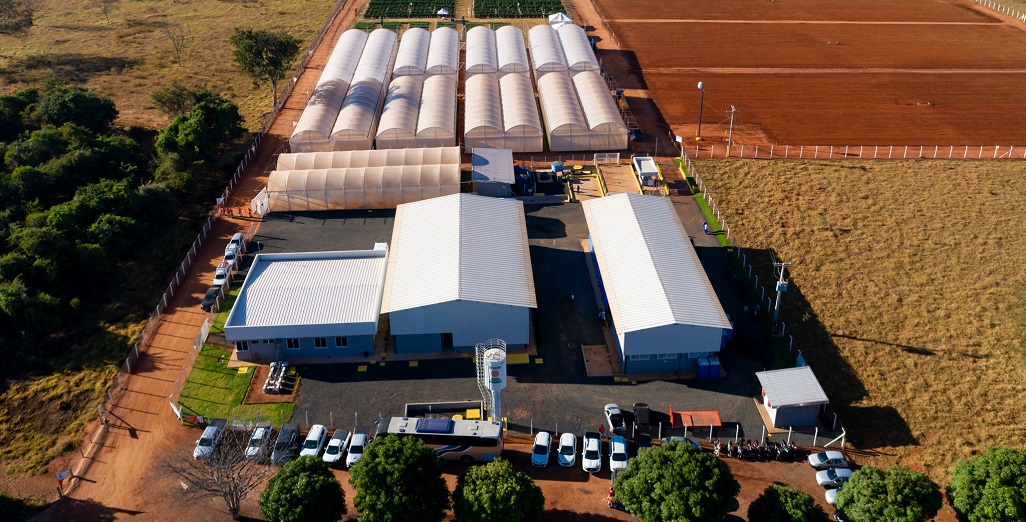
KWS inaugurates new R&D facility in Uberlândia, Brazil






